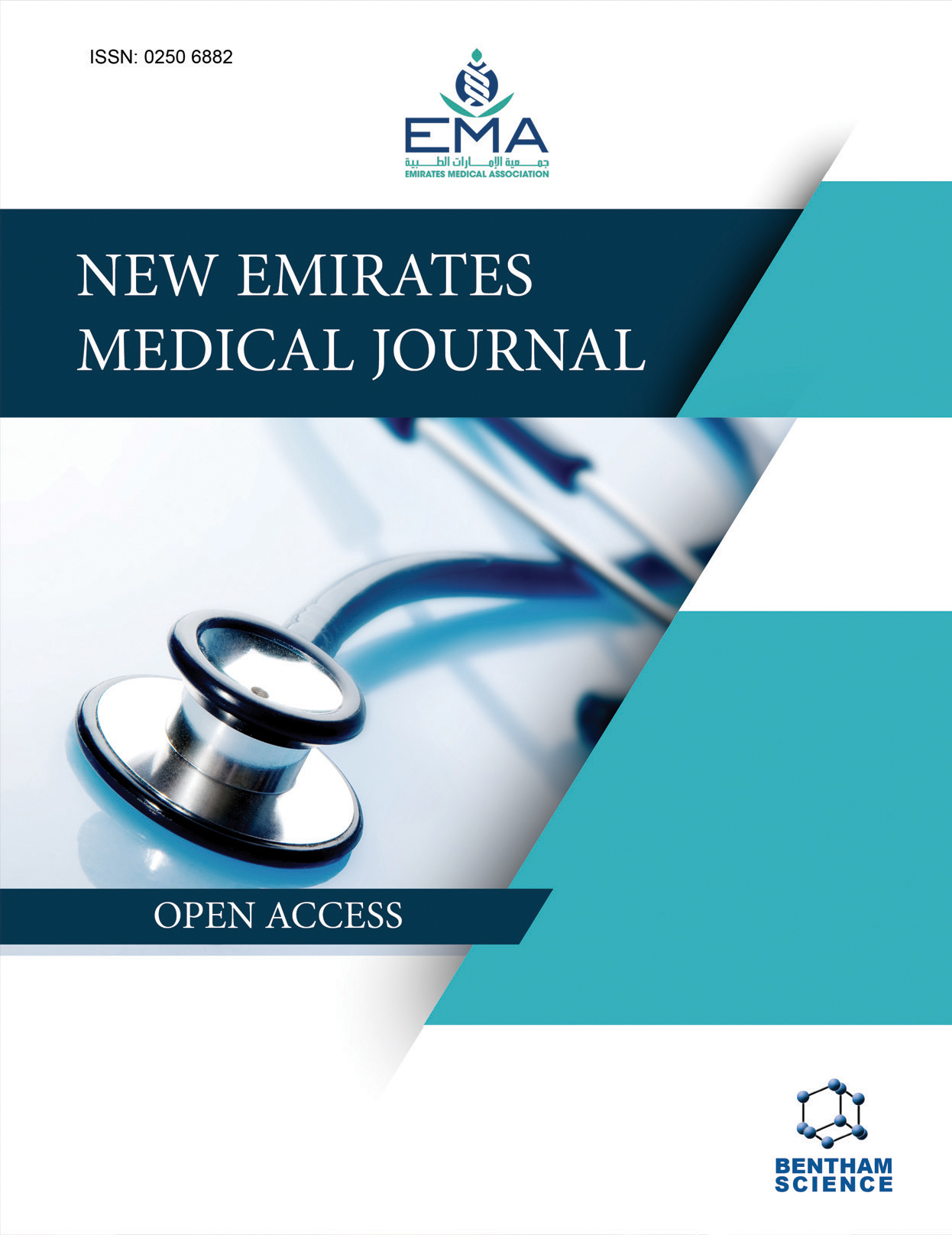-
oa Sphingomonas Paucimobilis Bacteremia in a Patient with Major Burns Injury: A Case Report
- Source: New Emirates Medical Journal, Volume 5, Issue 1, Jan 2024, e02506882262684
-
- 23 Jun 2023
- 25 Aug 2023
- 01 Jan 2024
Abstract
Sphingomonas paucimobilis is an emerging opportunistic pathogen associated with hospital and community-acquired infections. Infection is the most common cause of morbidity and mortality in burn patients.
We present a case of a 29-year-old lady who sustained severe burn injuries after a gas explosion at home. She was admitted to the United Arab Emirates (UAE) National Burns Unit and required several episodes of surgical debridement. She developed S. paucimobilis bloodstream infection whilst being treated with Piperacillin-tazobactam. She was subsequently treated with Meropenem for a total of 7 days after removing the source of infection, an infected central line. The S. paucimobilis isolate showed intermediate resistance to Piperacillin-tazobactam.
Numerous case reports indicate high morbidity in patients with life-threatening S. paucimobilis infections, immunocompromised patients, and patients with underlying medical comorbidity; however, this is the first reported case from the UAE.


